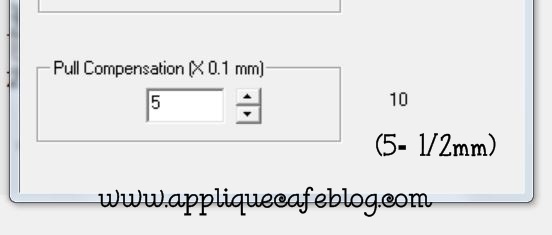

Different threads need different tensions thin fabric can be fragile whereas thick fabric requires a thick, strong needle stitches come in all shapes and sizes etc.īy taking a couple of minutes to practice on a spare bit of fabric, you can make adjustments without ruining your work. But be aware that every type of fabric, thread and stitch has its own characteristics. I know it's tempting to jump right in and get going. Practice makes perfect, and that's what you want your work to look like right? It's a bit of extra work to begin with, but in the end it will make your life easier. Simply use your hands if that's enough to smooth out all the lines (even the neat folding ones) or iron it if needed. 5) Flatten your fabrics before sewing them Source: Lenore EdmanĪvoid the crooked stitches that come from sewing scrunched up fabric by flattening it before. To avoid this mess (and possibly having to cut a hole in your fabric to solve it), always hold the threads' tails with your left hand while making the first stitches. This can cause them to get tangled in the machine's mechanism and even pull the fabric in with them (especially light thin fabrics). The threads' tails are loose before you make the first stitches. 4) Keep hold of the threads' tails at the start This allows you to pivot the fabric around the last stitch ensuring a neat curve. Do this in a steady, continuous movement if you can, and if you can't (or if you need to make a sharp turn) always stop with the needle down into the fabric. To make a smooth curve, stitch slowly while rotating the fabric using both hands.
#How to reduce the many colored stitches sew what pro plus
Always focus on the alignment, not the needle or the stitching: they move too fast for your eyes to follow plus it prevents you from seeing the bigger picture. Go slowly at first then increase your speed as you gain confidence. If not, you can "draw" one by sticking a bit of tape on the needle plate. To stitch a straight line, place the edge of your fabric along one of the lines* on the needle plate, and keep that alignment while you stitch. This can seem hard if you've never used a sewing machine before, but fear not it's actually quite simple (although you'll definitely need some practice). 3) Keep your lines straight and your curves neat Source: wikimedia Just make sure to keep track of where they came from! (label each bobbin or store it with its spool). If you often use the same spool, go ahead and fill several bobbins at once to avoid re-threading your machine every time. The easiest way to match threads is to start each project with an empty bobbin and fill it from the spool. *You can mix colours of course (to match the inner and outer fabric, or create decorative stitching), just as long as it's the same kind of thread. You should always use the same type of thread (same material, same thickness*) on the top and the bottom to avoid uneven tension, jams, and breakages. 2) Use matching threadsĪ sewing machine uses two threads. I'm not going to go into detail here about the advantages of those models but I strongly invite you to go read a few of product descriptions to get the gist. However if you still need to buy one, there are sewing machines best suited to beginners to choose from. Obviously if you already own a sewing machine, you can skip this (and make do with what you have). Let's get started! 1) Choose the right machine

I've listed below a few tips and tricks from my own personal experience that are easy to apply and will ensure you get the best out of your sewing machine. 11 tips & tricks for sewing machine beginnersĪre you a sewing machine newbie? Then read this article!


 0 kommentar(er)
0 kommentar(er)
